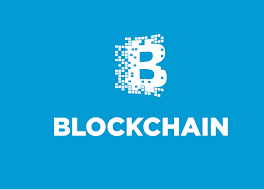As the internet was created to allow computers to communicate across different locations and their users to communicate with people they might not have physically met, the blockchain was originally created to allow value to be exchanged across different locations and between strangers.
The blockchain “is the ledger (book of records) of all transactions, grouped in blocks, made with a (decentralised) virtual currency scheme. The blockchain enables the exchange of information, in a synchronous and even manner, allowing two parties in a network to complete transactions without the parties being known to eachother or guaranteed by a third party. It effectively enables a collective book keeping system on the
internet, which constantly updates and, with the aid of a mathematical function, allows participants to reach an agreement on the approval of the transactions. In this system, transactions are made between members of a network and the information concerning the transactions is gathered in “blocks”.
These blocks are reviewed and verified by the network and added in a chronological order (creating the chain of blocks) on the computers of all participants of the network. The blockchain is then the public register (the list) of transactions and is, de-facto, owned by each participant of the network. Thus, all movements of information that has been exchanged in the network can be traced, enabling the transparency of the system,
assuming that the IP of the computer being party to a transaction is not masked.
The first is an overview of the blockchain process itself, while the second is an illustration of the blockchain process in a physical marketplace to provide an overview of the concepts in a more familiar setting.
Any usable “value exchange” system for transactions has to satisfy two key features: reliability and safety. These features have so far been ensured by a trusted third party (e.g. a bank, clearing house, government). These organisations are trusted due to their established position in the market and their willingness to undertake the risk of the buyer or seller in case of a default.
They also have mechanisms in place which prevent buyers from “double spending” (using the same funds for two separate transactions), creating structured features that enable trust in the system. The blockchain introduces a way of processing transactions that eliminates the risks connected to a centralized third party and fulfils these roles. It does this through its distributed ledger design and the hash function.
